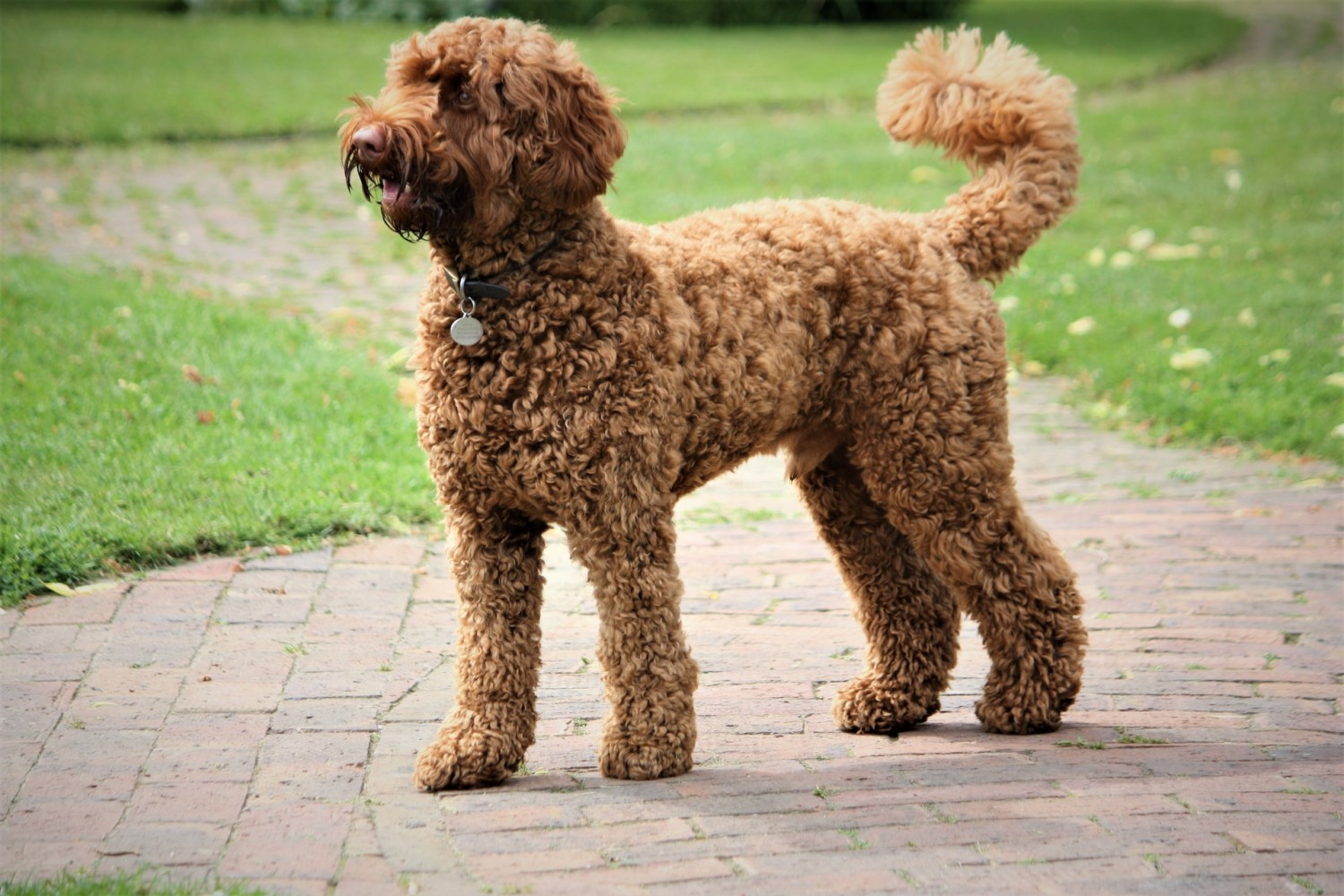It is no surprise that the Labradoodle has become so popular so quickly. Originally developed to be hypoallergenic guide dogs, the first planned crosses of Poodles and Labrador Retrievers were arranged by the Royal Guide Dogs Association of Australia.
The result was a smart and social dog that not only possessed a character suitable for guide dogs, but also had a low shedding coat. Although the hybrid has yet to produce consistent results in coat or temperament, they are wildly popular and affectionate dogs.
History
The Labradoodle was originally developed in Australia to be a hypoallergenic guide dog. In 1989, Wally Conron, who was in charge of the breeding program for the Royal Guide Dogs Association of Australia, performed the first purposeful cross between a Standard Poodle and Labrador Retriever.
This first cross by Conron produced a dog named Sultan, who not only had the hypoallergenic coat, but also the disposition, intelligence, and personality to be an effective guide dog. Sultan partnered with a woman in Hawaii and was successful in his work. At that time, other breeders saw the merit of crossing these two breeds.
Like its Labrador Retriever parent, the Labradoodle quickly rose in popularity and has become one of the most sought-after "Doodle breeds." These dogs are produced by crossing a Labrador Retriever with a Poodle, but multigenerational breeding began in an effort to produce a viable and recognizable breed.
Both the Australian Labradoodle Association and the International Australian Labradoodle Association are taking steps in this direction, and they hope to give this designer breed registered breed status in the next few years. These groups have made great efforts to bring breeders together so that they work to achieve the same standards through multigenerational breeding.
Personality
The Labradoodle is an intelligent dog that, if properly trained, can be an ideal family pet. They are friendly and accept and treat everyone as their best friend. They are devoted to their family and enjoy life as an energetic companion.
They can be gentle, but also cheerful, showing their happiness by jumping and playing exuberantly. They also tend to be easy to get along with, as the Labradoodle is bred not to be aggressive.
Known disorders
- Elbow dysplasia (disorder of the elbow)
- Progressive retinal atrophy (progressive deterioration retina)




